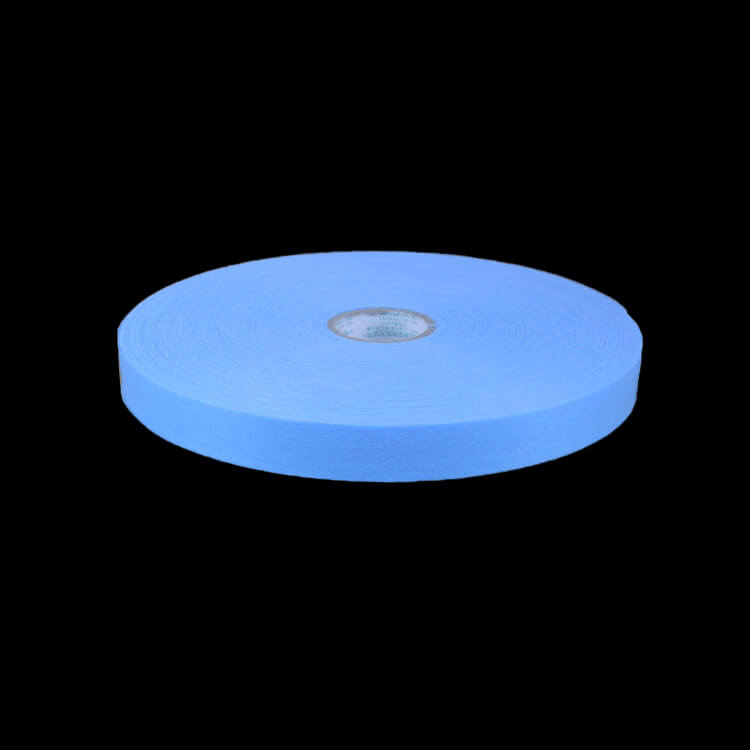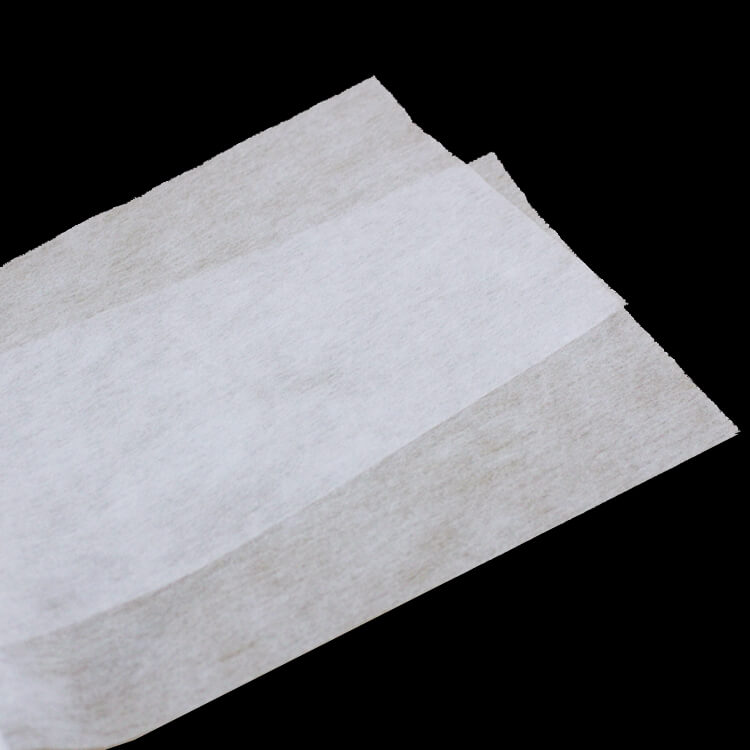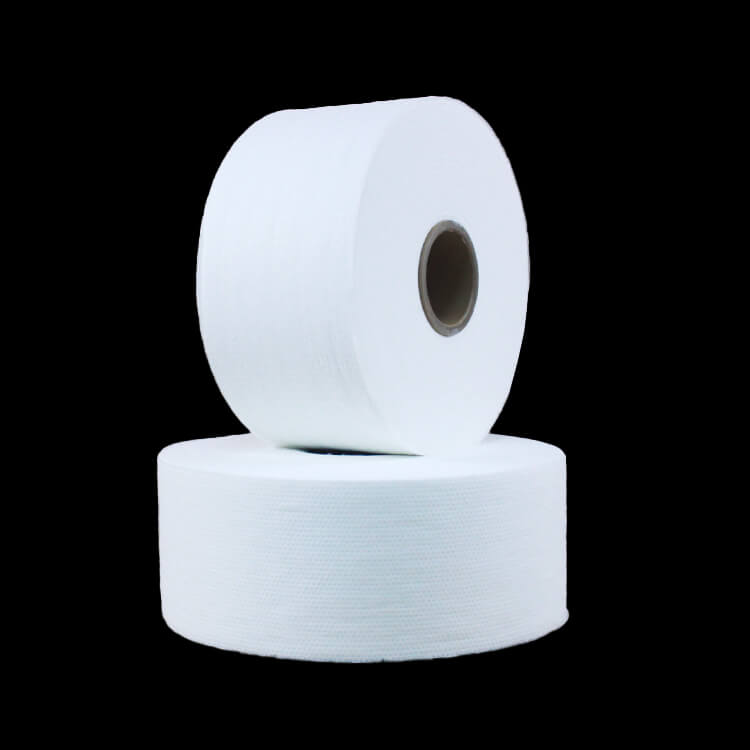Author:Baby & Adult Diaper Materials FROM:Diaper Materials Manufacturer TIME:2023-10-07
Unveiling the Potential of Sanitary Pads Raw Materials

Sanitary pads are an essential part of a woman's life, providing comfort and protection during menstruation. While the focus is often on the absorbent capacity and comfort of the pad itself, the raw materials used in their manufacturing play a vital role. In this article, we will explore the potential of sanitary pads raw materials and how they contribute to the overall performance and sustainability of these hygiene products.

One of the key factors for evaluating the effectiveness of sanitary pads is their absorbent capacity. Raw materials such as fluff pulp, superabsorbent polymers (SAPs), and non-woven fabrics are commonly used to enhance absorbency. Fluff pulp, made from wood fibers, provides excellent liquid retention properties, while SAPs can absorb and retain several times their weight in fluids. The combination of these materials ensures quick absorption and minimizes the risk of leakage, allowing women to go about their daily activities with confidence and comfort.

Comfort is paramount when it comes to sanitary pads. Raw materials like cotton, bamboo, and rayon are widely used to create a soft and gentle surface against the skin. Cotton, a natural fiber, is not only soft but also hypoallergenic, making it ideal for sensitive skin. Bamboo and rayon offer similar softness and breathability, ensuring optimal comfort throughout the day. Incorporating these materials into the production of sanitary pads enhances the overall user experience and reduces the risk of irritation or discomfort.
As environmental concerns continue to rise, the importance of sustainable raw materials in sanitary pads cannot be overstated. Many manufacturers are opting for eco-friendly alternatives that minimize the impact on the environment. Organic cotton, for example, is grown without the use of synthetic fertilizers or pesticides, reducing soil and water pollution. Plant-based biodegradable materials, such as bamboo and corn fibers, are also gaining popularity due to their renewable and compostable nature. By choosing sustainable raw materials, the sanitary pad industry can contribute to a greener and more sustainable future.
The potential of sanitary pads raw materials goes far beyond their conventional roles. From enhancing absorbency and preventing leakage to providing softness and comfort, these materials are crucial for the overall performance and user experience of sanitary pads. Furthermore, by embracing eco-friendly alternatives, the industry can contribute to environmental sustainability. As research and innovation continue, we can expect even greater advancements in the raw materials used, further improving the functionality and sustainability of sanitary pads.

 Email: info@whldiapernonwoven.com
Email: info@whldiapernonwoven.com
 MP/WhatsApp: +86-13599937366
MP/WhatsApp: +86-13599937366
 Manufacturer Address:Room 1105B, Bld M1, Manhattan, Yulongwan, Shimao, Shuanglong Road, Meiling Street, Jinjiang, Fujian, China
Manufacturer Address:Room 1105B, Bld M1, Manhattan, Yulongwan, Shimao, Shuanglong Road, Meiling Street, Jinjiang, Fujian, China